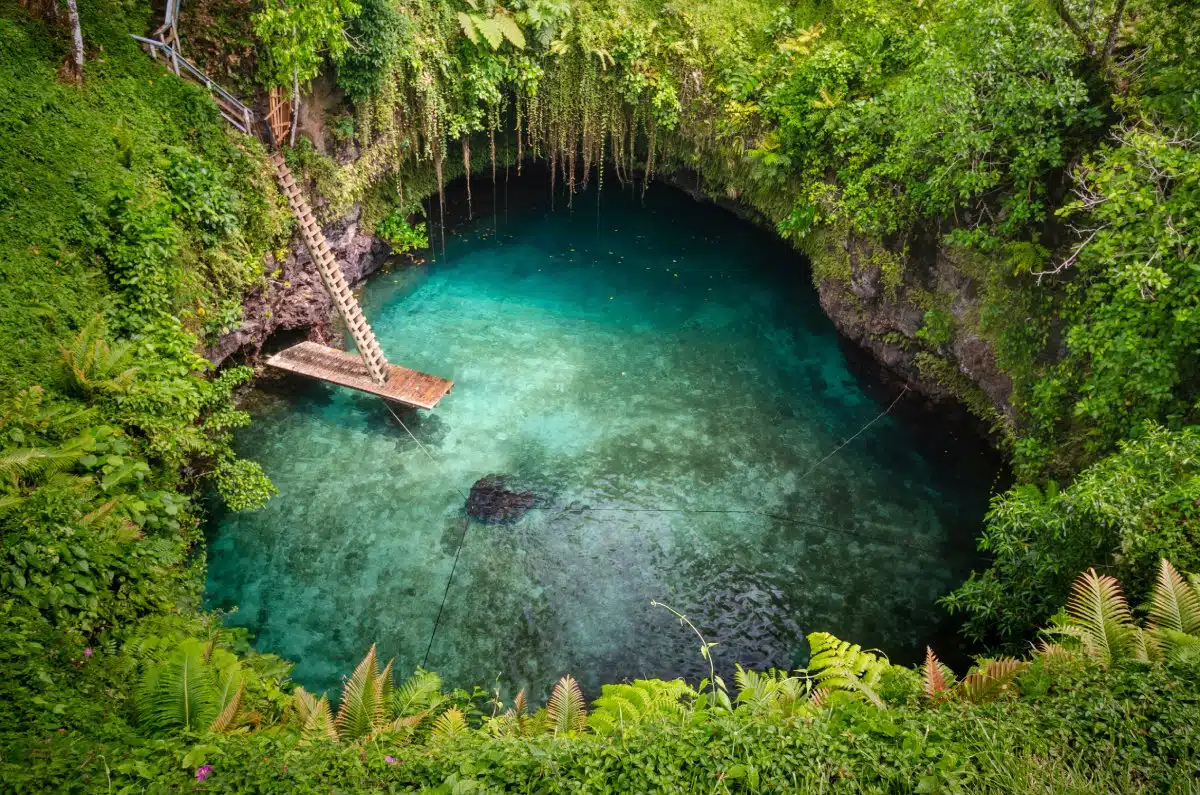The Pacific Island nations, scattered across the vast expanse of the world’s largest ocean, are at the forefront of experiencing the dire impacts of climate change. These islands, known for their breathtaking landscapes, rich cultures, and diverse ecosystems, face existential threats from rising sea levels, increased storm intensity, and the degradation of marine environments. This insider’s guide takes you through a series of travel experiences designed to highlight the effects of climate change on these vulnerable nations. This guide aims to foster a deeper understanding of the challenges faced by Pacific Island communities and inspire action towards sustainability and climate resilience. Through a journey across various destinations, we document firsthand the resilience of nature and the human spirit amidst environmental adversities.
1. Tuvalu – Witnessing Rising Sea Levels Firsthand
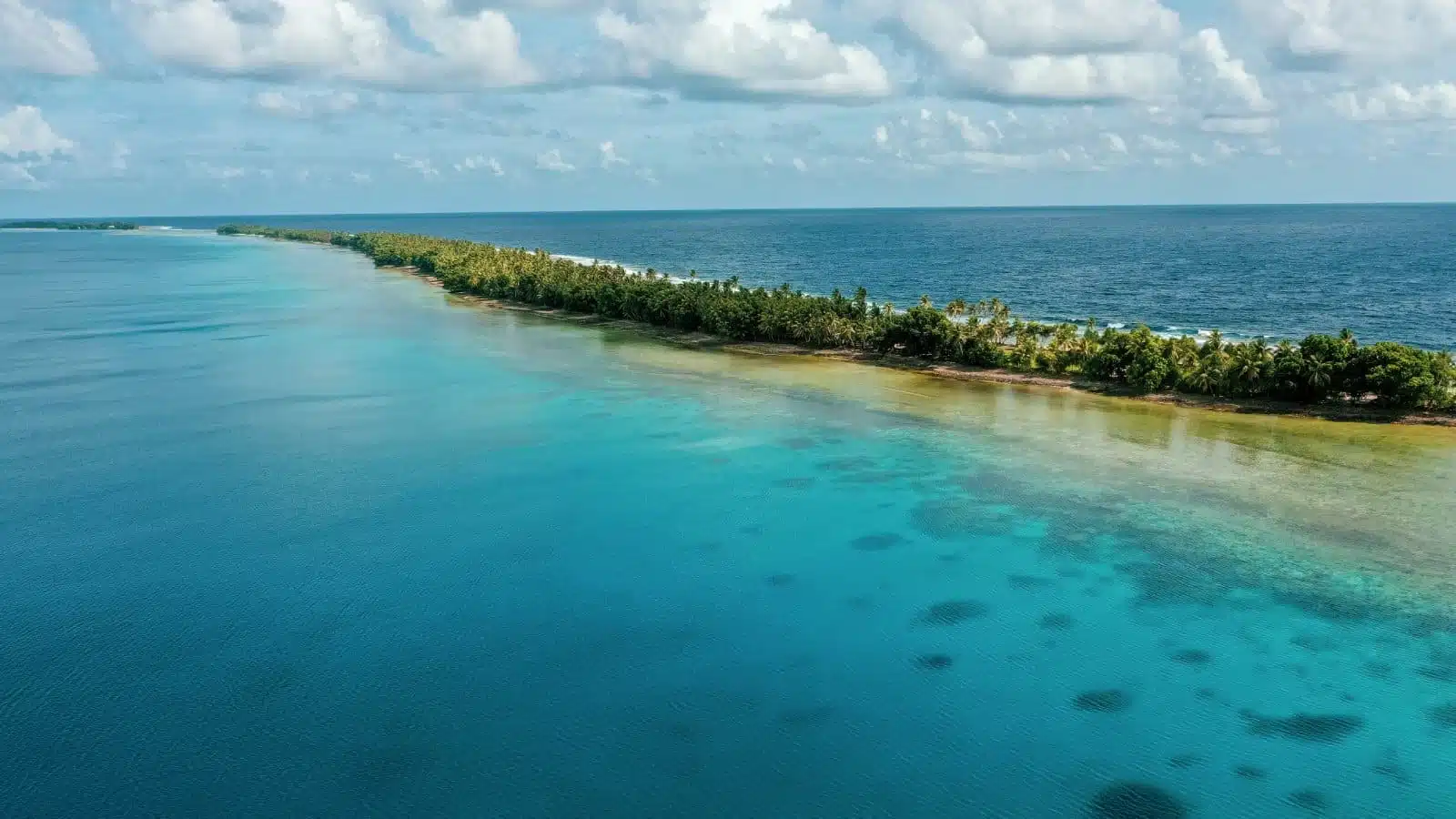
Image Credit: Shutterstock / Romaine W
Tuvalu, a low-lying atoll nation, is an alarming indicator of climate change’s impact on Pacific Island countries. With the highest point only 4.6 meters above sea level, Tuvalu faces the imminent threat of becoming uninhabitable due to rising sea levels. A visit to Tuvalu is a sobering experience, where the encroaching ocean is visible from every vantage point, and communities are actively engaged in combating erosion and safeguarding their homes. The resilience of the Tuvaluan people, alongside their innovative adaptation strategies, such as the construction of elevated buildings and the implementation of coastal protection projects, offers valuable lessons on climate adaptation and community solidarity.
Insider’s Tip: Engage with local environmental groups to participate in conservation projects. It’s a meaningful way to contribute to the community’s resilience efforts.
When to Travel: The dry season from May to October offers the most favorable weather for visiting Tuvalu.
How to Get There: Fly into Funafuti International Airport, Tuvalu’s main gateway, which has flights connecting from Fiji.
2. The Marshall Islands – Coral Reefs at the Brink
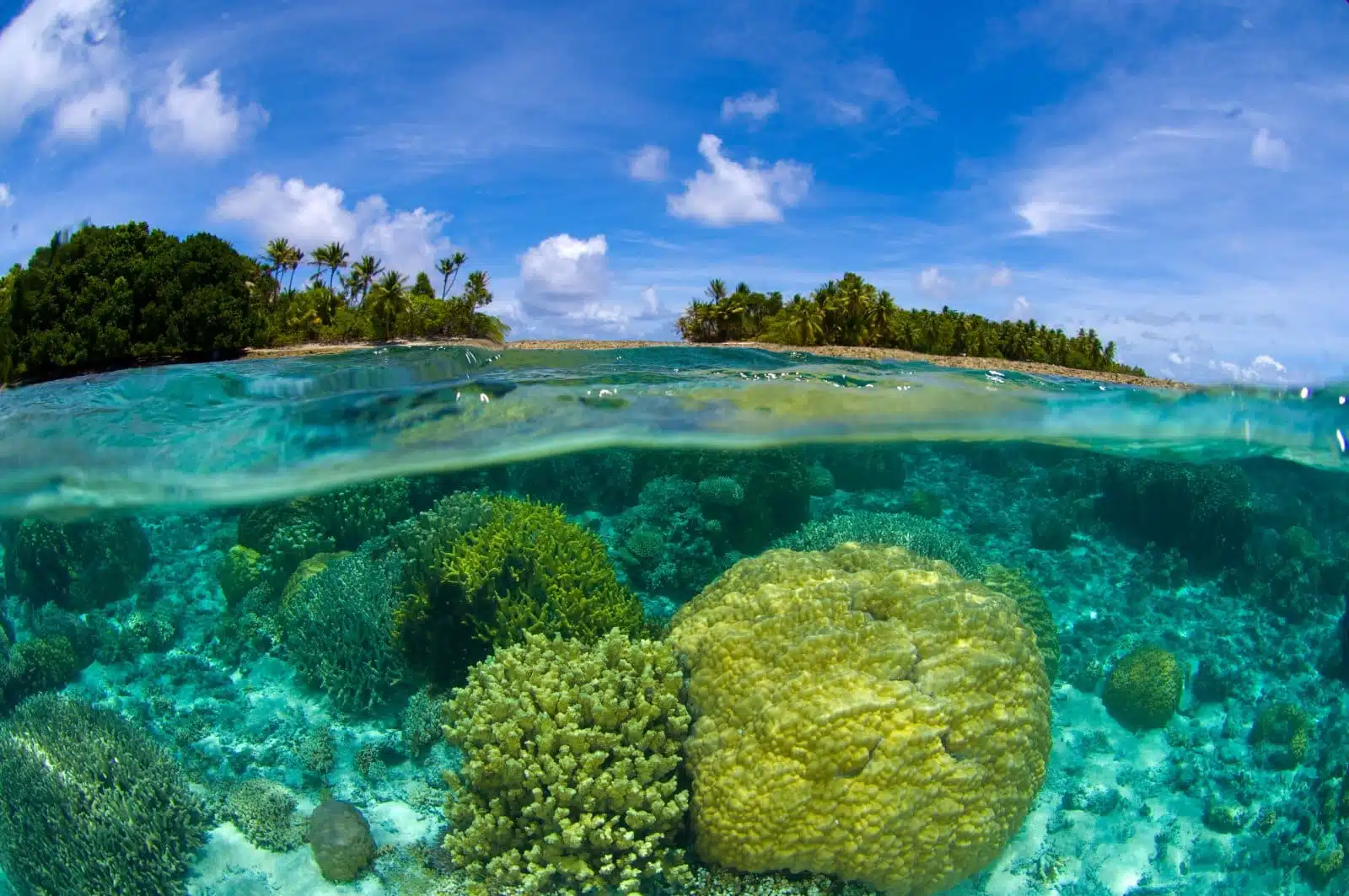
Image Credit: Shutterstock / Luiz A. Rocha
The Marshall Islands, a picturesque archipelago with vibrant coral reefs, is witnessing the devastating effects of ocean acidification and coral bleaching. These phenomena, driven by climate change, threaten the marine biodiversity crucial for the island’s food security and cultural heritage. A visit to the Marshall Islands allows travelers to explore its once-thriving underwater worlds, now serving as stark reminders of the ocean’s fragility. Conservation initiatives, such as coral reef restoration projects and sustainable fishing practices, highlight the community’s efforts to preserve their marine resources for future generations.
Insider’s Tip: Participate in a coral planting activity to directly contribute to the restoration of the marine ecosystem.
When to Travel: The best time to visit is between December and April, when the weather is drier and calmer seas allow for better diving conditions.
How to Get There: International flights to the Marshall Islands typically transit through Hawaii or Guam, landing at Amata Kabua International Airport.
3. Fiji – Battling Extreme Weather Events
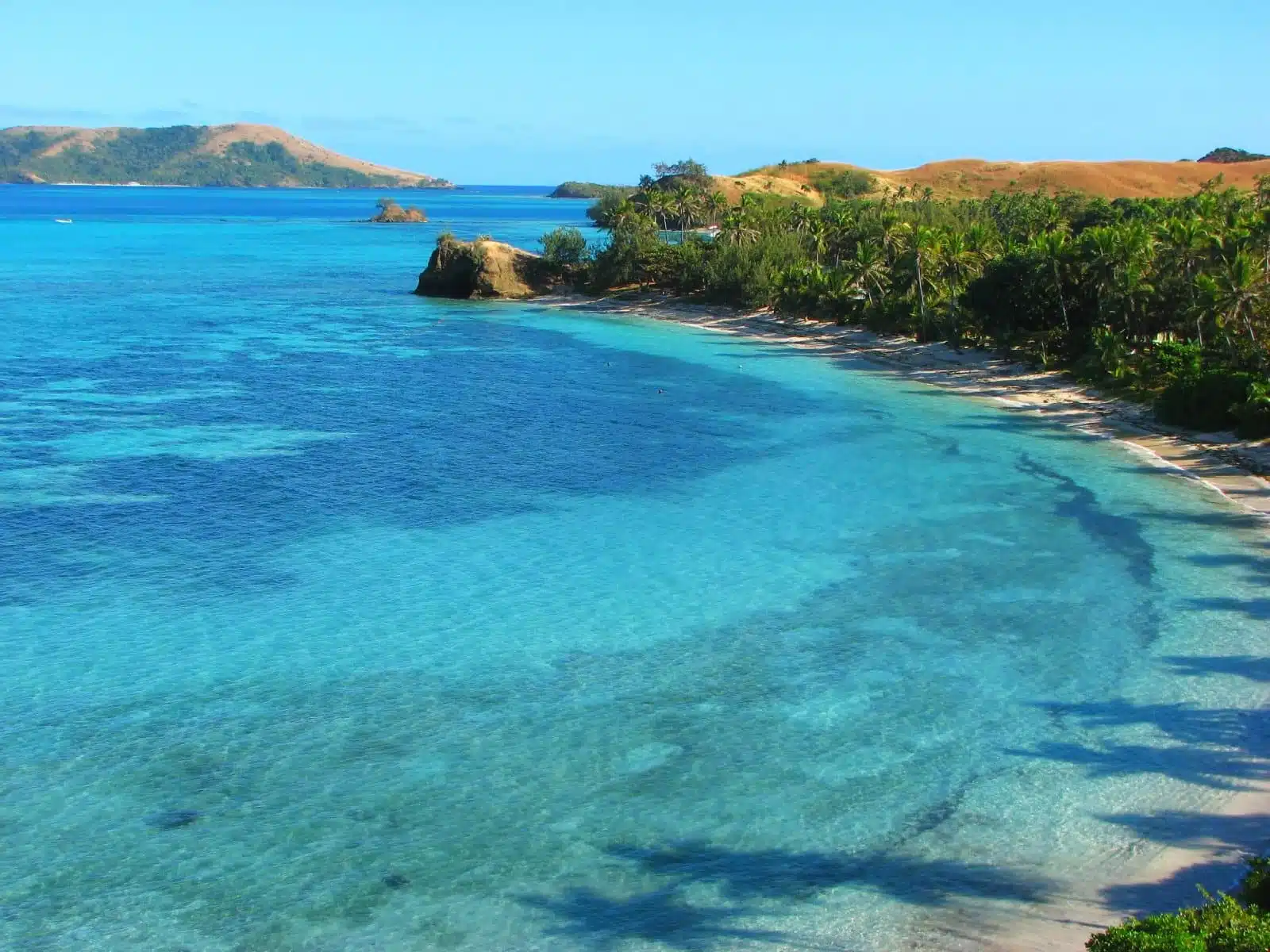
Image Credit: Shutterstock / Przemyslaw Skibinski
Fiji, known for its stunning landscapes and rich culture, is increasingly facing the wrath of extreme weather events, such as cyclones and floods, exacerbated by climate change. The frequency and intensity of these events have caused significant damage to infrastructure and impacted the livelihoods of local communities. Traveling through Fiji, one can witness the strength of Fijian communities as they rebuild and adapt to their changing environment. Initiatives like mangrove reforestation and the construction of cyclone-resistant buildings are testament to Fiji’s commitment to resilience and sustainability.
Insider’s Tip: Support local businesses and eco-tours that contribute to the community’s disaster resilience and environmental conservation.
When to Travel: May to October is ideal, offering cooler temperatures and lower humidity, reducing the likelihood of cyclones.
How to Get There: Fiji is well-connected by air, with Nadi International Airport serving as the main hub for international flights.
4. Solomon Islands – Forest Conservation Against Climate Change
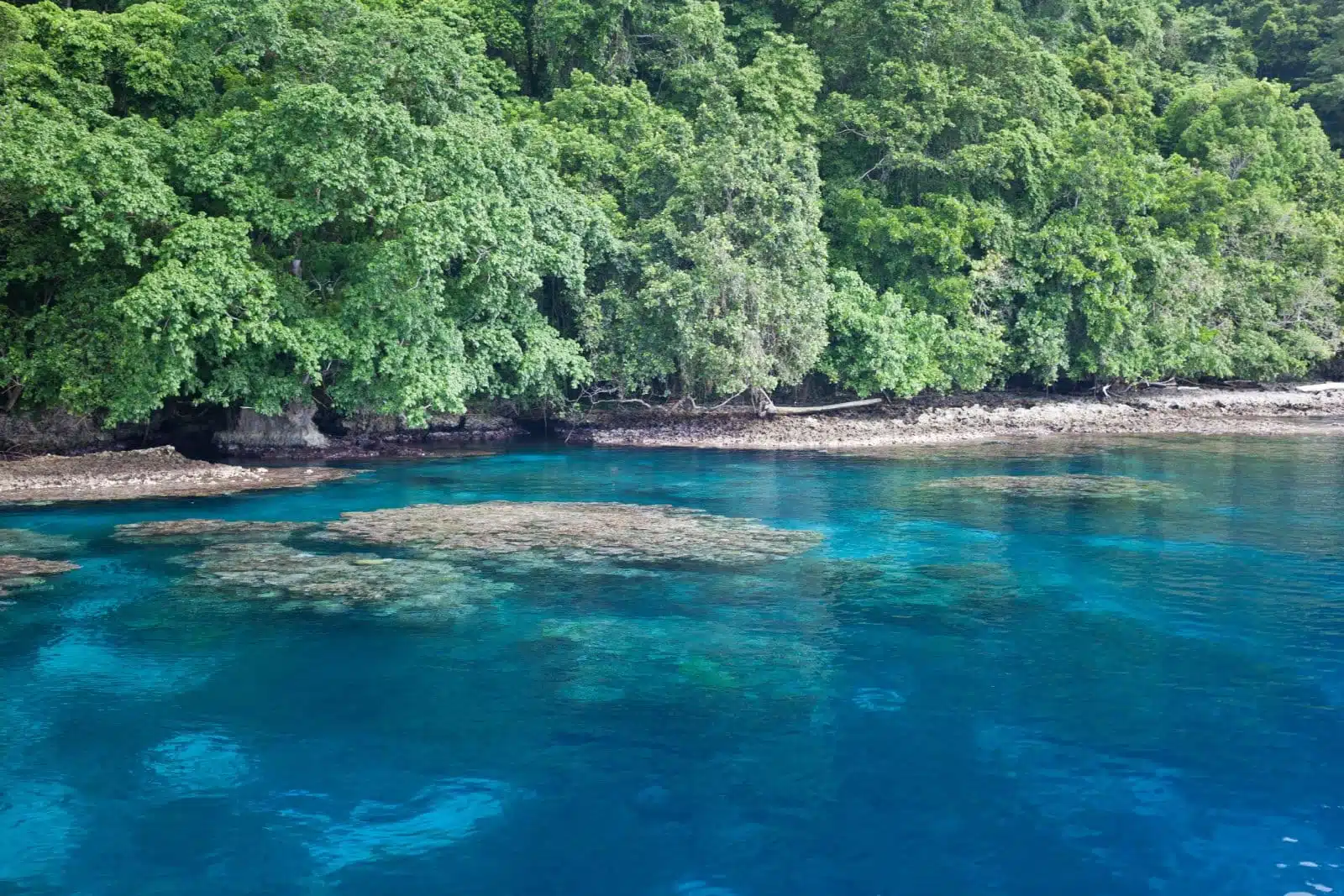
Image Credit: Shutterstock / Ethan Daniels
The Solomon Islands’ lush rainforests are a haven for biodiversity and play a crucial role in carbon sequestration and combating global climate change. However, these vital ecosystems are under threat from deforestation and logging. Visiting the Solomon Islands offers an opportunity to explore its dense forests, learn about the importance of conservation efforts, and witness the communities’ strategies to protect their natural heritage. Sustainable tourism and community-based conservation projects underscore the balance between development and environmental preservation.
Insider’s Tip: Join a guided eco-tour to learn about the indigenous plants and animals and the conservation efforts to protect them.
When to Travel: The dry season from May to October is the best time to visit, with less rainfall and more accessible forest trails.
How to Get There: Honiara International Airport is the main entry point, with flights connecting from Australia and other Pacific nations.
5. Palau – Protecting the Underwater Paradise
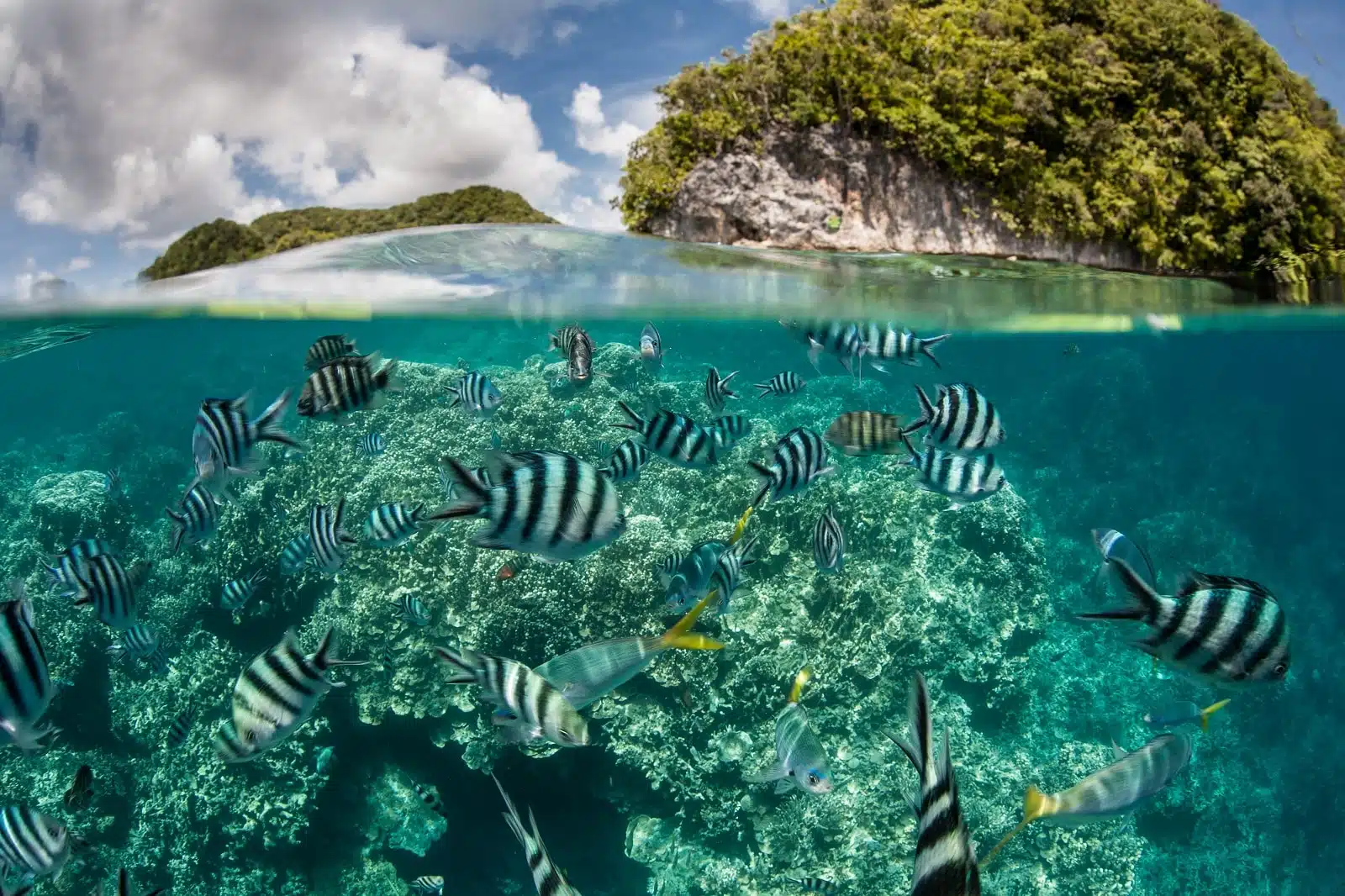
Image Credit: Shutterstock / Ethan Daniels
Palau is renowned for its extraordinary marine environments, which are now facing unprecedented threats from climate change, such as rising sea temperatures and acidification. The nation has taken a proactive stance in marine conservation, establishing the Palau National Marine Sanctuary and implementing sustainable tourism practices. Visitors to Palau can experience the breathtaking beauty of its underwater ecosystems while learning about the critical importance of marine conservation in the face of climate change. Palau’s approach serves as a model for balancing ecological preservation with economic development.
Insider’s Tip: Opt for eco-friendly diving tours that adhere to responsible practices to minimize impact on the marine environment.
When to Travel: The dry season from November to April offers the best conditions for snorkeling and diving.
How to Get There: Palau International Airport, with connections from Guam, Manila, and other Pacific hubs, is the gateway to this island paradise.
6. Vanuatu – Adapting to Climate Change Through Agriculture
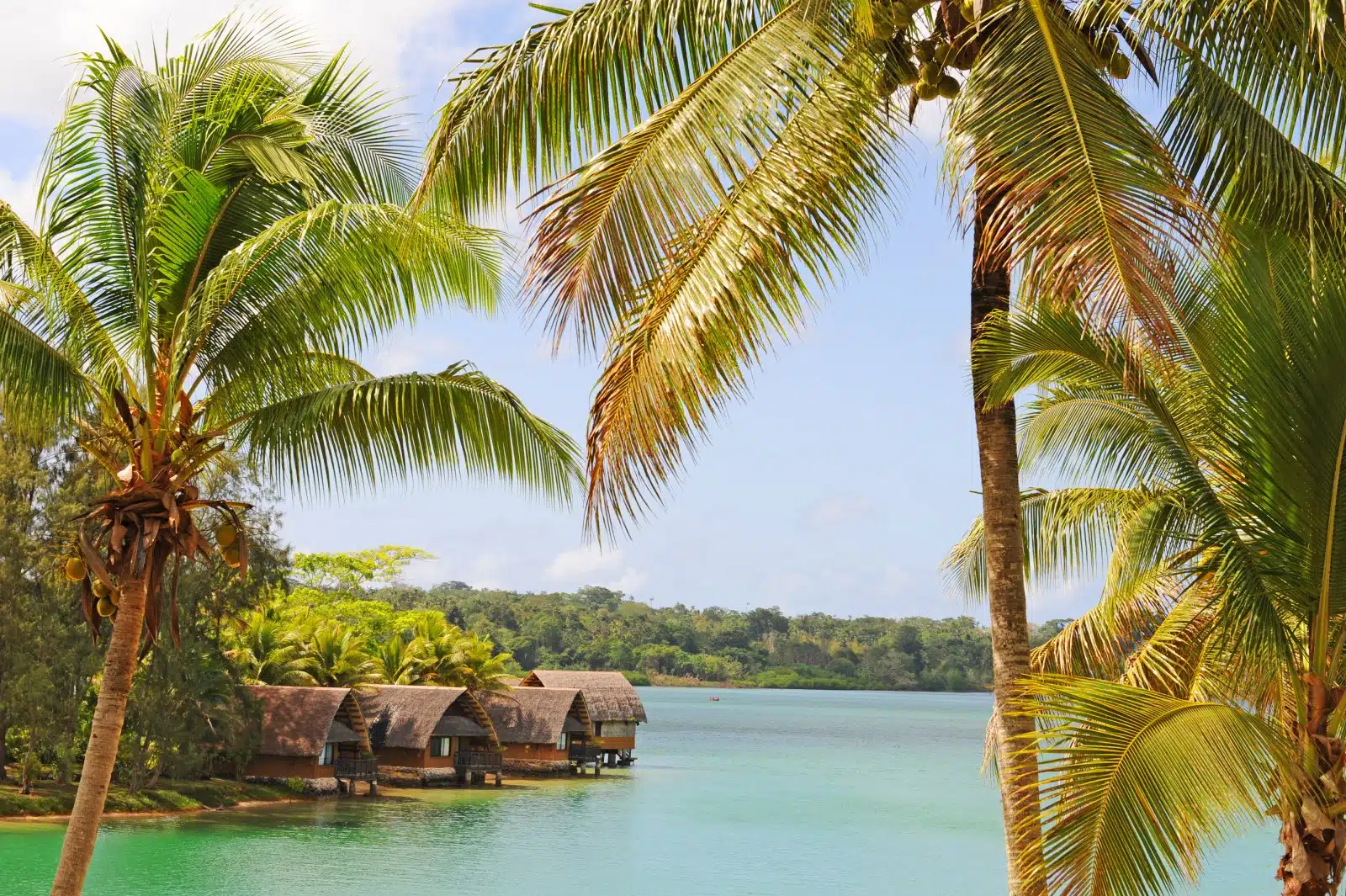
Image Credit: Shutterstock / Karin Wassmer
Vanuatu’s agricultural practices are being transformed in response to climate change, focusing on sustainability and food security. The introduction of climate-resilient crops and innovative farming techniques are helping communities adapt to erratic weather patterns and ensure a stable food supply. Visitors travel through Vanuatu to learn about these adaptive strategies and the importance of traditional knowledge in combating climate change. Vanuatu’s communities’ resilience and commitment to sustainable development offer hope and inspiration for a more resilient future.
Insider’s Tip: Visit local farms to see climate-resilient agriculture in action and support community-based initiatives.
When to Travel: During the cooler, drier months, April to October is the ideal time to visit.
How to Get There: Port Vila’s Bauerfield International Airport is the main entry point, with flights from Australia, New Zealand, and Fiji.
7. Samoa – Coastal Erosion and Community Resilience
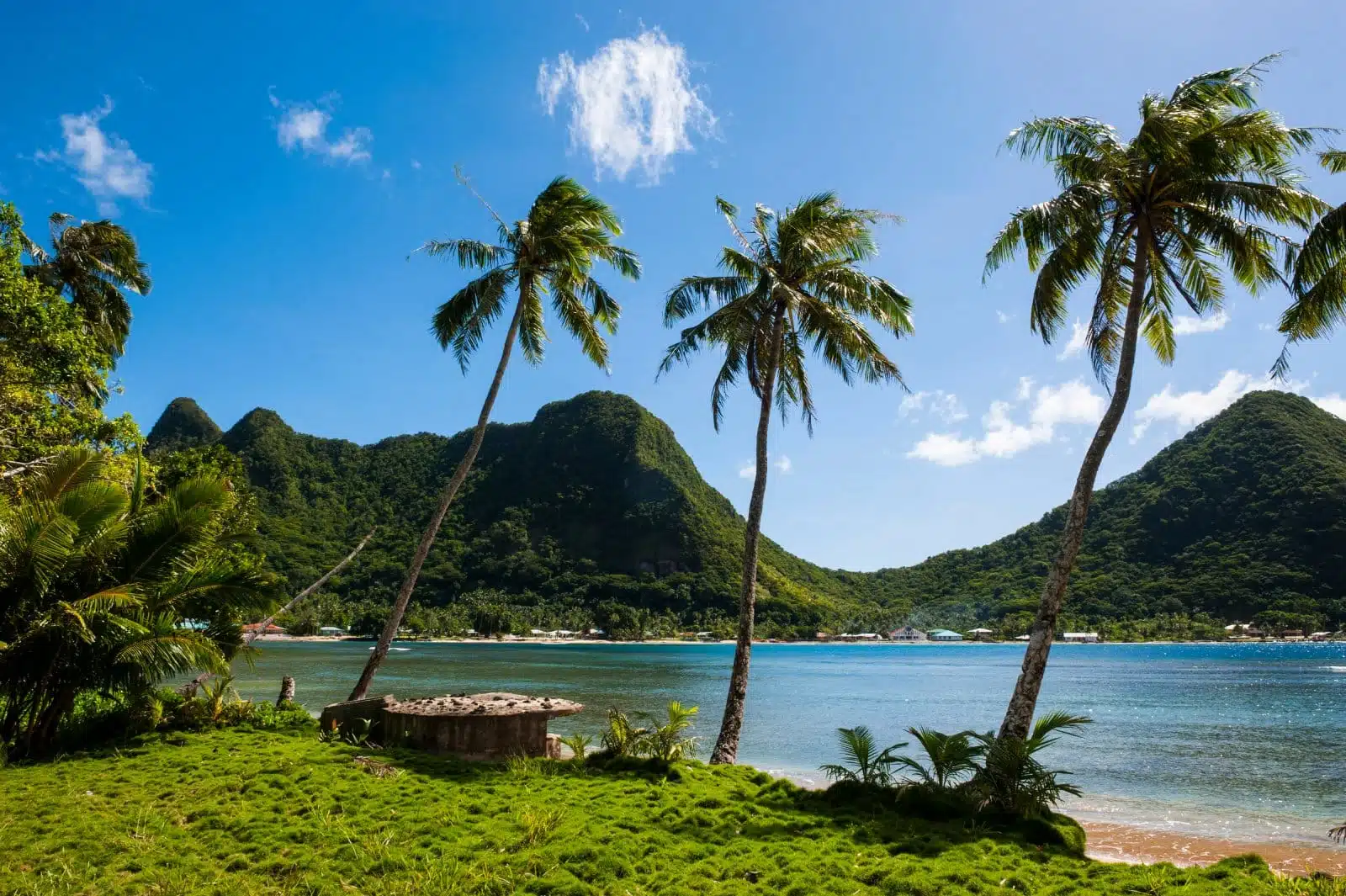
Image Credit: Shutterstock / Danita Delimont
Samoa is confronting the challenges of coastal erosion and sea-level rise, which threaten its picturesque beaches and coastal communities. Through innovative coastal management practices and community engagement, Samoa is working to mitigate these impacts and protect its coastal ecosystems. Visitors to Samoa can witness the beauty of its shores while understanding the critical efforts required to preserve them for future generations. Samoa’s story is one of resilience, innovation, and the enduring spirit of its people in the face of environmental challenges.
Insider’s Tip: Engage in beach clean-up activities or coastal tree planting to preserve
When to Travel: The dry season from May to October offers the best weather for exploring Samoa’s natural beauty.
How to Get There: Faleolo International Airport is the main gateway to Samoa, with flights from New Zealand, Australia, and Fiji.
8. Papua New Guinea – The Frontline of Climate Migration
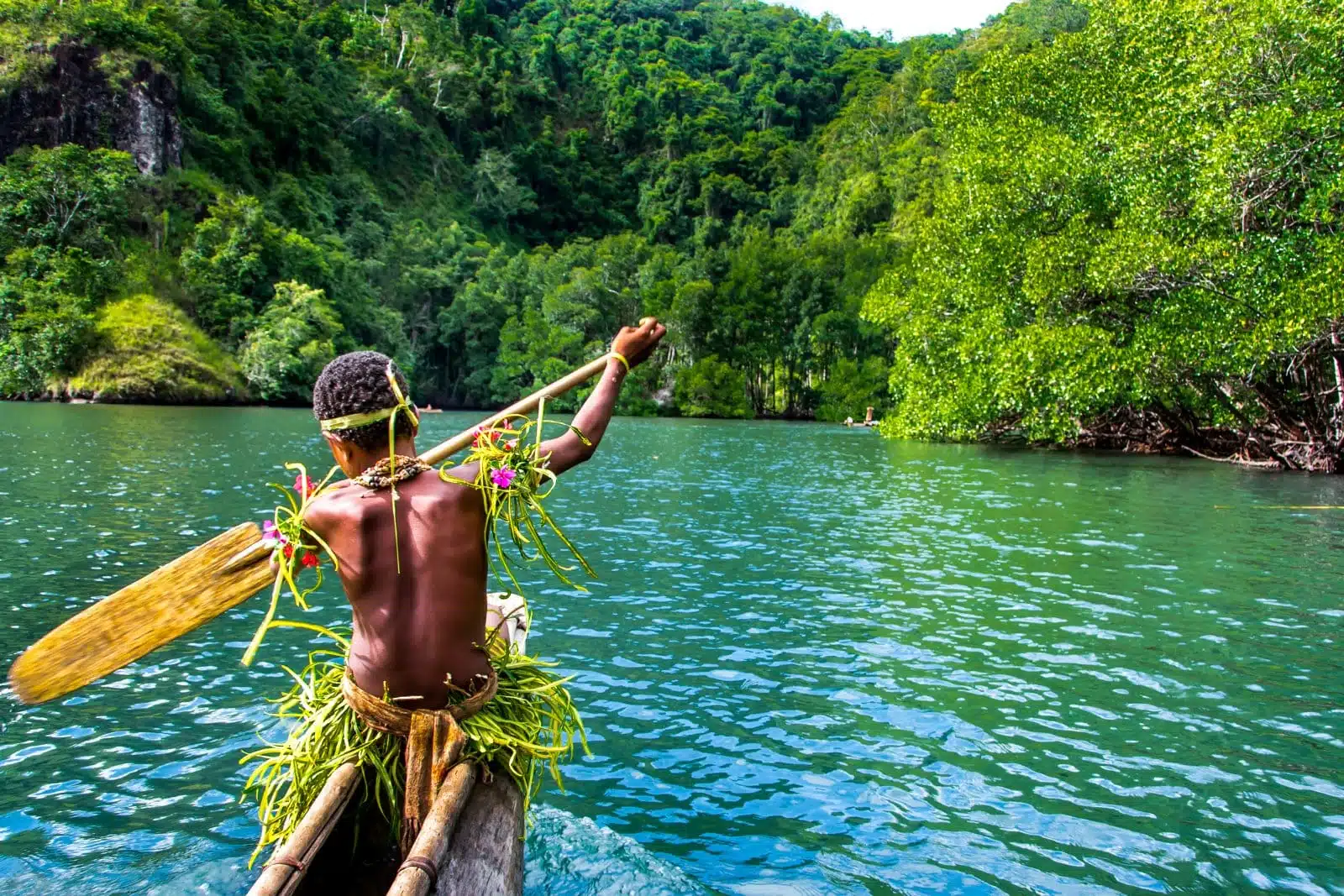
Image Credit: Shutterstock / Tetyana Dotsenko
Papua New Guinea (PNG) is experiencing the early stages of climate migration, as communities are forced to relocate due to the impacts of climate change, such as sea-level rise and land loss. PNG’s diverse cultures and ecosystems are at risk, highlighting the urgent need for global action on climate change. Traveling to PNG offers a unique perspective on the human dimensions of climate change, showcasing the resilience of communities as they adapt to their rapidly changing environment. The situation in PNG underscores the interconnectedness of climate change, cultural preservation, and human rights.
Insider’s Tip: Support local initiatives focused on sustainable development and climate resilience to help communities adapt to their changing circumstances.
When to Travel: The dry months from May to October provide the most accessible and comfortable travel conditions.
How to Get There: Jacksons International Airport in Port Moresby is the primary international gateway, with connections from Australia and other Pacific countries.
The Bottom Line

Image Credit: Shutterstock / wasiolka
As you sail through the sinking islands of the Pacific, the journey is not just about witnessing the impacts of climate change but about understanding the profound resilience of these island nations. It’s a call to action, urging us to contribute towards a more sustainable and equitable world. The stories of adaptation, innovation, and community spirit serve as a beacon of hope in the global fight against climate change. Let this guide inspire you to make conscious travel choices, support local communities, and advocate for climate action. Together, we can make a difference in preserving the beauty and diversity of our planet for future generations.
More From The Green Voyage
Top 10 Trending Travel Destinations 2024
6 Essential Banking Apps for International Travel – Managing Your Finances on the Go
Traveling With Kids – 10 Tips to Create Memorable Family Holidays
The post Climate Change Awareness in the Pacific 2024 first appeared on The Green Voyage.
Featured Image Credit: Shutterstock / Martin Vlnas.
For transparency, this content was partly developed with AI assistance and carefully curated by an experienced editor to be informative and ensure accuracy.
Tips for Trip Success
Book Your Flight
Find an inexpensive flight by using Kayak, a favorite of ours because it regularly returns less expensive flight options from a variety of airlines.
Book Your Hotel or Special Accommodation
We are big fans of Booking.com. We like their review system and photos. If we want to see more reviews and additional booking options, we go to Expedia.
You Need Travel Insurance!
Good travel insurance means having total peace of mind. Travel insurance protects you when your medical insurance often will not and better than what you get from your credit card. It will provide comprehensive coverage should you need medical treatment or return to the United States, compensation for trip interruption, baggage loss, and other situations.Find the Perfect Insurance Plan for Your Trip
